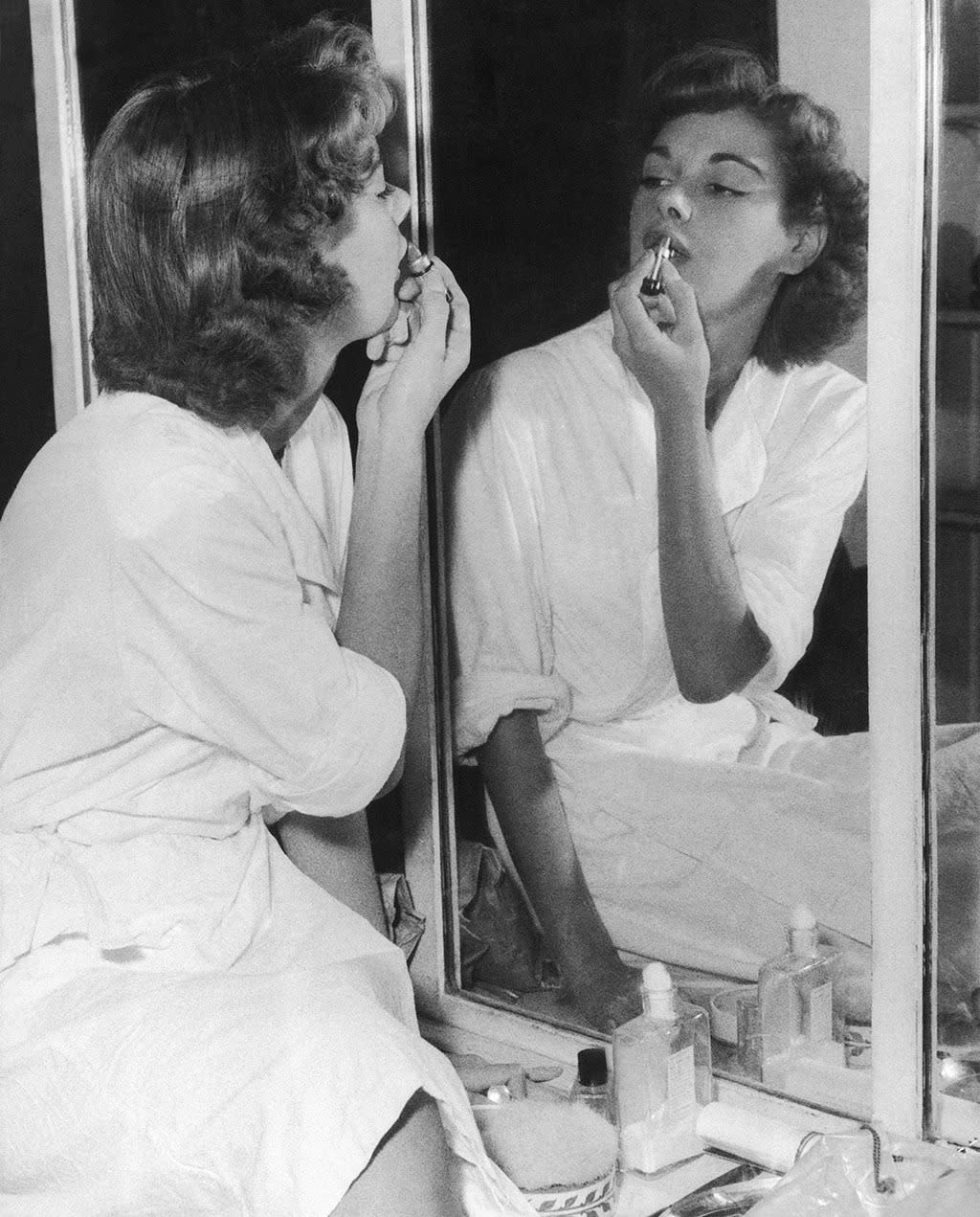The Chemicals in Your Beauty Products May Lead to Premature Babies

How will that lipstick affect your reproductive system? (Photo: Getty Images)
Though it’s a total beauty buzzkill, the fact remains that toxic chemicals commonly found in cosmetics can cause serious health issues ranging from neurological disorders to cancer — along with, according to a new study, premature and underweight newborns if the mothers are exposed to the chemicals during pregnancy.
“The study found a link between women with higher levels of butylparaben, which is commonly used as a preservative in cosmetics, and the following birth outcomes: shorter gestational age at birth, decreased birth weight, and increased odds of preterm birth,” Laura Geer, associate professor at the School of Public Health at SUNY Downstate in Brooklyn, noted in a press release.
Related: How Chemicals Used in Beauty Products May Be About to Change
SUNY Downstate led the study, in partnership with the Center for Environmental Security at Arizona State University’s Biodesign Institute, to look for adverse reproductive effects of chemicals in cosmetics, and the findings, released online on May 4, will be published in an upcoming Journal of Hazardous Materials.
Butylparaben, according to the Environmental Working Group’s Skin Deep database, is a preservative and known endocrine disruptor. Other chemicals looked at by researchers in this study included the antimicrobial triclocarban, found in soaps and already associated with premature birth, and propylparaben, which is added to lotions as a preservative and is a known endocrine disruptor; the latter was associated with shorter body length at birth. While the findings were not conclusive, Geer added, they raise concerns and “must be reproduced in larger studies.”
Related: Happy Earth Day! How to Make Sense of Eco-Friendly Labels on Beauty Products
This research followed 185 women in Brooklyn who were pregnant at the start of the study, between 2007 and 2009; all had their third-trimester urine tested, while 34 had their cord blood analyzed.
While the chemicals the study focused on are known to be unsafe, they are still commonly found in products in this country: According to the EWG, in fact, butylparaben is used in more than 2,200 products; propylparaben is used in more than 7,000; and triclocarban is in at least 20.
That’s because there is barely any regulation of the $60 billion-a-year makeup and skin products industry — and the federal Food, Drug, and Cosmetics Act, which supposedly exists to provide regulation, last updated its standards in 1938. (The U.S. has banned only 11 ingredients from personal care products, including such poisons as mercury and chloroform, while the EU bans more than 1,300.) The bipartisan Personal Care Products Safety Act now awaits federal hearings in an attempt to make health and beauty products safer.
As for the outcome of the Brooklyn study, Geer noted, “While small-scale changes in birth size may not be of clinical relevance or cause for concern in individual cases, subtle shifts in birth size or timing at the population level would have major impacts on the risk for adverse birth outcomes.” In addition, she suggests, “Based on this new evidence, the safety of use of these chemicals in our consumer products should be reassessed.” Sounds like a smart idea to us.
Let’s keep in touch! Follow Yahoo Beauty on Facebook, Twitter, Instagram, and Pinterest.



